It is supposed to release tension, relieve pain, prevent annoyingly sore muscles and even reduce stress and cellulite: We are talking about the foam roller. With the help of this equipment, you will not only improve your performance and your visual appearance, but you will even be able to perform a soothing massage on yourself.
For years, the foam roller has been increasingly used by fitness coaches and praised by sports physicians. We explain what the fascia roller is all about and give you the best exercises for your fascia training. Also in the spotlight: our premium fascia roller with medium hardness, made of environmentally friendly polypropylene (EPP) material.
What are fasciae?
Fasciae play an important role in training and maintaining our muscles. Each of our muscles, bones or nerves is surrounded by connective tissue. This connective tissue ensures that everything stays in place and that the individual muscle fibers do not rub against each other during movement. Fasciae form part of this tissue.
The fasciae are virtually the elastic part of the connective tissue and are equipped with countless movement and pain receptors as well as nerve endings. Accordingly, they are important for our musculoskeletal system and our perception of pain.
Some complaints or limitations in mobility are either directly or indirectly due to agglutinated or hardened fasciae. Adhesive fasciae no longer glide smoothly over the muscle and resistance is created, which can result in a feeling of stiffness or pain.
[product="P-01002"]
What are they good for?
For a long time, people were not aware of the importance of fasciae. In medicine, people knew about the fundamental relevance of the tissue for our body, but for a period of time fasciae were considered merely a passive “packaging material” that had no direct effect on our movement system. However, recent research reports show just how important fascia really is.
According to a report from the Goethe University in Frankfurt am Main, it has been proven that fasciae generally have a higher nerve density, and therefore a higher sensitivity to pain, than muscles. From this it can be concluded that many of the problems perceived as muscle complaints (e.g., tension, pain) might not be directly related to the muscles at all, but to limitations of the fasciae. Accordingly, it is important in therapy to address the direct cause in order to solve the problem: in this case, it is the fascia.
In addition, it has now been demonstrated that fasciae not only act as a “partition” between different muscles and muscle groups. Rather, they link them in a way that had not been thought possible until now. The so-called muscle-fascia connections sometimes even extend from head to toe and explain why the causes of some problems could even occur in completely different regions of the body.
Fasciae therefore play a central role in relation to the mobility and well-being of our body. Furthermore, fasciae store energy and can transfer power from one muscle to another. As soon as this is no longer easily possible, this not only affects mobility, but also the overall performance of our body.
Accordingly, it is advantageous to finally give the fasciae the attention they deserve and consequently to train them separately. This is exactly where the fascia roller can help.
What is a foam roller? What makes our foam roller special?
A foam roller (sometimes referred to as a fascia or hard foam roller) is a plastic roller about 15 centimeters (5,9 inches) high that is primarily used for self-massage (SMT = Self myofascial techniques).
During fascia training, you use your own body weight to apply even pressure to tight muscles and trigger points. The pressure is generated by light rolling movements of the corresponding muscles on the fascia roller and ideally develops a relaxing effect.
Numerous general muscular complaints can be solved by training the fasciae in the long term and keeping them fit. You also not only get rid of your discomfort, but....
- increases blood circulation,
- supports regeneration
- and improves the elasticity and performance
...of your musculature.
Our foam roller combines several special advantages that make it a perfect training and massage object for you. First of all, there is the advantage of medium hardness and smooth surface. Numerous foam rollers are so soft that hardly any significant massage effect is achieved, or so hard that fascia training discourages especially beginners because of the pain. With the medium hardness and smooth surface on our fascia roller, you're treading a path where you can get yourself and your body...
- quickly get used to fascia training,
- feel no more pain at all relatively early on
- and even as an advanced user, still have sufficient hardness to achieve an excellent effect with fascia training.
Other benefits of our foam roller include its composition of 100% environmentally friendly and recyclable polypropylene (EPP) material. No chemical propellants or plasticizers - so the workout is healthier for you, too. The black color with discreet dots in the colors white and petrol make the fascia roller an eye-catcher, the 0.2 kilograms (0,45 pounds) own weight with solid basic structure to a stable and durable lightweight that you can easily transport.
Advantages of foam roller training
- Ideal aid to relaxation by loosening the muscles.
- Beautification of the skin appearance Tightening of the connective tissue and thus the skin appearance.
- Stimulation of the blood circulation of the musculature
- Relief of pain by loosening the fasciae and dissolving adhesions
- Prevention of injuries and accelerated regeneration of sore muscles
- Optimization of mobility through targeted exercises and their correct execution
- Building of musculature with successive increase of the exercise intensity
- Improving balance for a healthier posture
- Resembles lymphatic drainage to optimize the transport of lymphatic fluid.
The correct use of a foam roller (application instructions).
- You lie down with the desired muscle area on the foam roller, so that your own weight exerts the pressure necessary for the massage. Some exercises can be performed with the fascia roller against the wall, thus lowering the intensity of the exercise.
- With slow and controlled movements, you roll the fascia roller over the floor and thus ensure that the muscle area on the roller is massaged. A clear no-no: rolling back and forth quickly.
- Make sure that you roll the entire length of the muscle/muscle area and do not massage only a small part of the muscle. Also, roll from the base of the muscle to the muscle origin, but definitely not over the joints.
- Roll 8-10 times per muscle/muscle area with the fascia roller. The important thing is a controlled and slow movement, but not a high amount or rolling for several minutes on the same spot.
- Always make sure that your fascia roller is placed on a solid and non-slip surface. This will help prevent accidents and injuries from slipping during your workout. Small tip: Take a look at our fitness mat! It is ideal as a base, because it has optimal insulating properties and is made of pollutant-free materials.
[product="P-01060"]
Exercises with the fascia roller
Below you will find illustrated instructions for 16 exercises with the foam roller. With these exercises you cover all muscle groups and body parts that can be trained with the help of the fascia roller:
- Legs / buttocks
- Back / neck
- Shoulders / Arms
Regardless of our general advice on exercises with the fascia roller in the previous section, you will test for yourself how you react to the possibly new and still unfamiliar training and adjust the number of repetitions and the duration of the training accordingly.
Don't be surprised if the training unexpectedly hurts at the beginning – as long as only the affected areas hurt during the massage, it is normal. With time you will get used to the intensity of the exercise and the fascia roller. It is not necessary to increase the intensity, because unlike the muscles, the fascia do not need progressive training after a certain point for permanent well-being and performance.
#1: Front of the thigh

- You start in a forearm position with the roller positioned underneath you just above the knees.
- Now roll back and forth over the entire thighs, moving your shoulders forward and backward.
- If you want it to be more intense, massage each thigh separately, resting the non-massaged thigh on top of the other.
#2: Inner thigh

- As in the previous exercise, start in the forearm position, but this time position the roller on the inner thigh of one leg and move your upper body slightly to the side.
- While supporting yourself on the floor with the other, roll over the entire inner thigh of the leg to be massaged.
- By moving your supporting leg accordingly, make sure that you glide over the roller.
#3: Outer thigh/hips

- Lie sideways on the floor.
- Place the foam roller under the thigh closest to the floor. Place the roller above the knee.
- Your legs and upper body are entirely off the floor, supporting yourself with your lower elbow.
- Roll over the entire outside of your thigh and down to your hips if necessary.
- Either push yourself over the roller using the strength of your arms or place your upper leg on the floor behind you as a support and use it to perform the movement.
To our foam roller:
[product="P-01002"]
#4: Back of the thigh

- Sit on the floor: Legs are together and straight out; torso is upright and you are supporting yourself behind your torso with your arms - as if you were going to do dips.
- Now place the foam roller on the back of your thighs above the back of your knees. Your legs are then lifted off the floor and stretched out straight.
- Then move forward and backward over the entire back of your thighs by moving your shoulders on the roller.
#5: Calf muscles

- Get into the same starting position as in the exercise for the back of the thighs.
- Place the foam roller under your calves, starting just below the back of the knee.
- As in the exercise for the back of the thighs, roll over the entire calf muscles by moving your shoulders.
#6: Lower leg outer side

- The starting position in the lateral position is similar to the outer thigh/hip exercise. The main difference is that you place the foam roller below the back of your knee.
- With the upper leg, which is not used on the respective side, you support yourself by placing it bent in front of the body and above the foam roller.
- With the help of the supporting leg, you start the massage; you roll over the entire outer side of the lower leg.
#7: Lower leg front/shinbone

- Starting in quadrupedal position, pull the leg whose shinbone/ lower leg is to be massaged forward to the center of the body.
- The lower leg to be massaged is placed on the fascia roller at the lower base of the shin. Support yourself with your arms and the supporting leg.
- Move the lower leg back and forth on the fascia roller to massage it.
#8: Buttocks

- Sit with your buttocks on the foam roller and lean back slightly to support yourself with your hands behind you.
- Next, lift one leg while the other remains on the floor as support, and rest the foot of the leg on the thigh of the supportive leg.
- Always massage one side of the buttocks; the one on the side where the supporting leg is. By moving your shoulders back and forth, you massage the buttock half.
#9: Upper back

- Stand legs hip-width apart in front of a wall.
- Place the fascia roller between your back and the wall. Then lean your back against the foam roller.
- The foam roller should be placed horizontally at the level of the middle of your back.
- Bend your knees slightly or squat minimally to let the fascia roll glide over your upper back to your neck.
- When you straighten up to starting position, the fascia roll will roll to the lower end of your upper back.
- You can intensify the massage by pressing your upper body against the roller or by doing the exercise lying on the floor.
#10: Lower back

- The beginning and the execution of the exercise are the same as in the execution for the upper back. Only the position of the fascia roller is different.
- Place the foam roller at the lower end of your lower back just above your buttocks.
- Move up and down by bending your knees so that your lower back gets a massage.
- As with the upper back exercise, for a more intense effect either apply pressure against the roller or do the exercise lying on the floor on the roller.
#11: Lateral back

- Stand sideways to the wall with your legs hip-width apart.
- Place the roller horizontally between your torso and the wall, starting just above your hips.
- Bend your knees until you have rolled once over your lateral back.
- As you move back, push up from your knees to the starting position.
#12: Neck

- Stand with your legs hip-width apart in front of the wall.
- Place the fascia roller horizontally between your neck and the wall.
- Turn your head slightly to the left or the right. You decide which side of your neck muscles you want to massage first.
- By sinking your knees minimally and moving back up, massage the respective side of your neck.
#13: Upper arm

- The starting position is similar to the one used for massaging your lateral back; only this time you stand a little further away from the wall because you place your arm at the side directly against your upper body.
- The foam roller is in-between your arm and the wall just above your elbow and therefore, at the bottom of your upper arm muscles.
- Move the fascia roller along your entire arm, by slightly bending your knees and straightening them again.
#14: Forearm Massage & Shoulder Girdle Mobilization

- Kneel down.
- Place the foam roller horizontally in front of you. The distance of the fascia roller to you should be such that when the fascia roller touches your palms, you have a slightly open arm-torso angle of about 120°.
- Now move your upper body forward, sliding your forearms over the foam roller.
- In the final position, your shoulders should be slightly stretched.
- After a short hold, return to the starting position.
#15: Shoulders

- Sit down on the floor with your legs slightly bent.
- Rest your upper body sideways on the floor with your lower arm extended and the foam roller placed under the back of your shoulders.
- Roll this shoulder part back and forth.
Conclusion
Foam rollers perfectly complement calisthenics, bodybuilding, powerlifting, martial arts as well as numerous other forms of trainings used in different sports as it creates optimal conditions for well-being, performance, and regeneration by loosening the fasciae and improving the muscles blood circulation.
If you use the fascia roller correctly in fascia training and train regularly, it is very likely that you will see a noticeable effect in numerous areas of your body. In time, you will find it hard to imagine your home workout without the fascia roller and fascia training.
Pay attention to our tips, instructions and exercises to be able to train safely, efficiently and with the highest probability of success - let's go! Here you find directly the way to our foam roll:
[product="P-01002"]
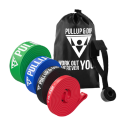
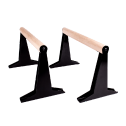
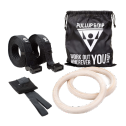


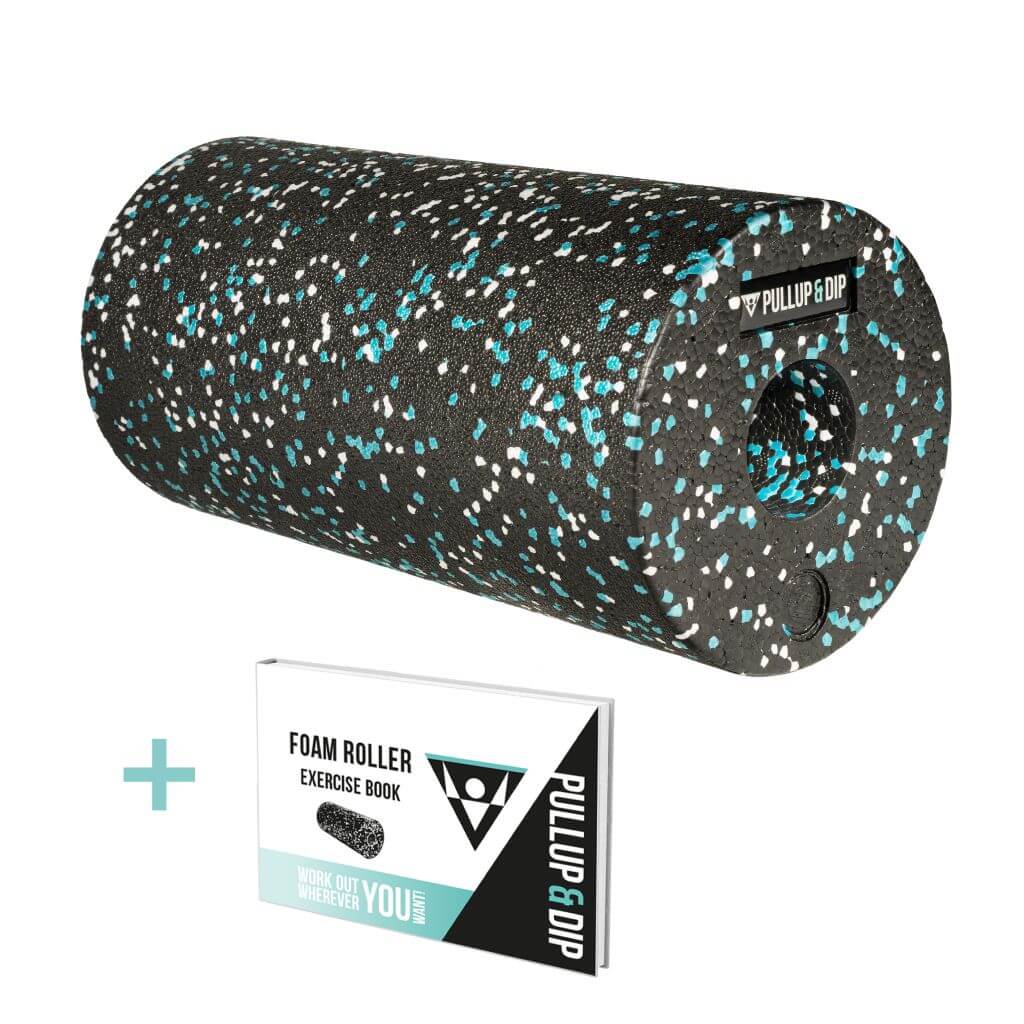
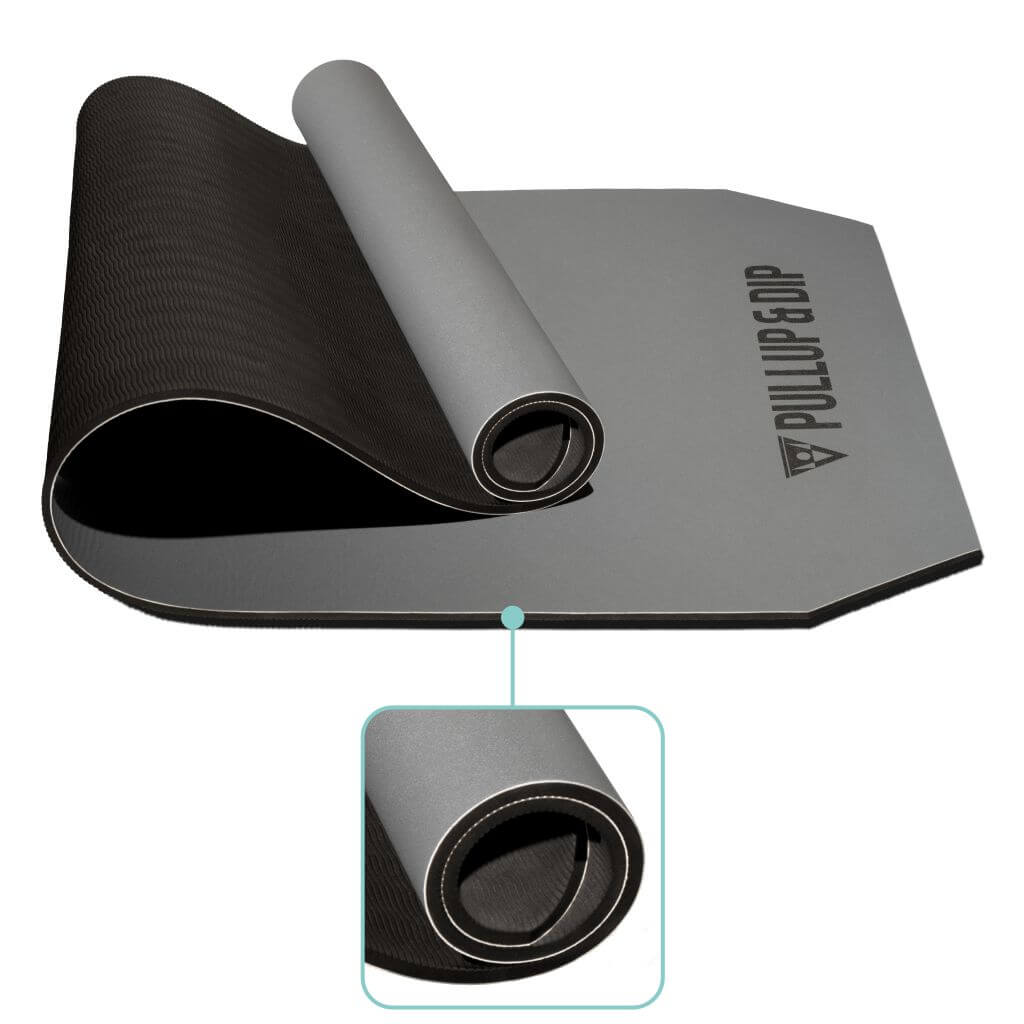
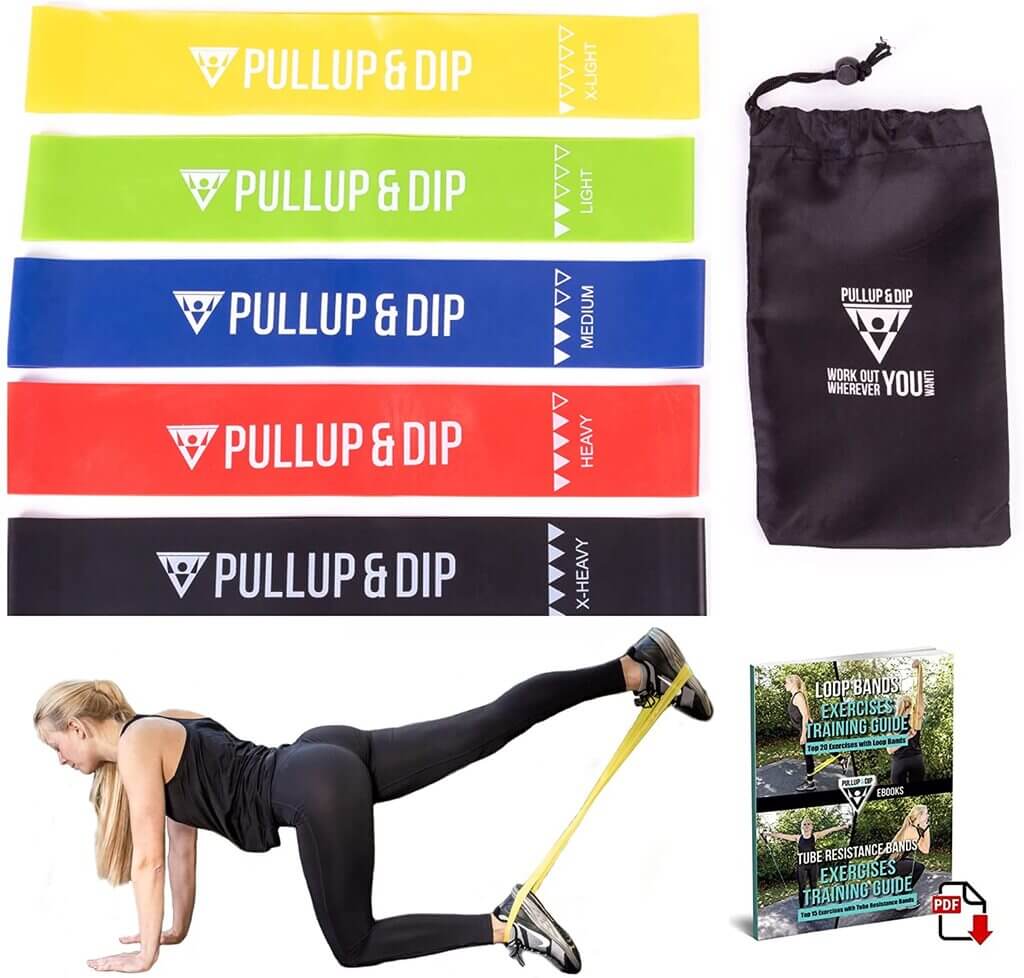
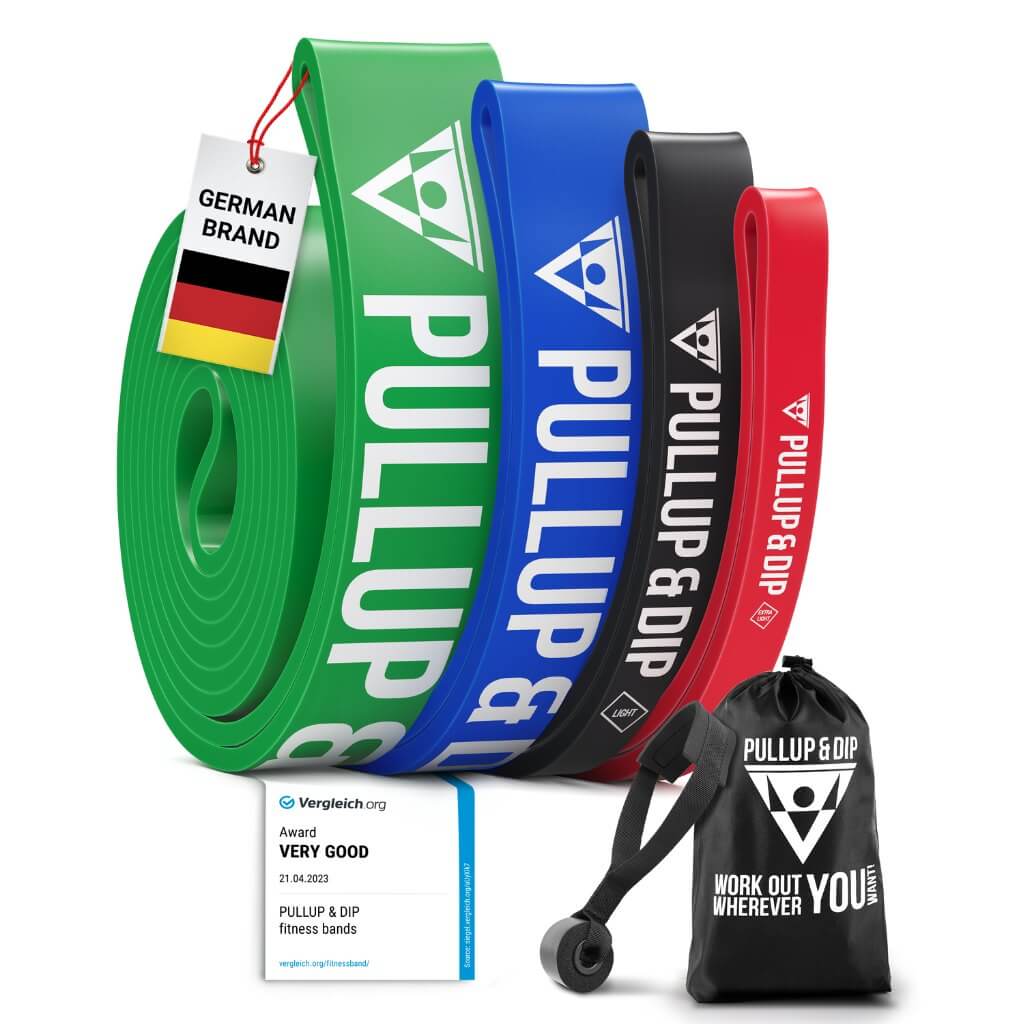
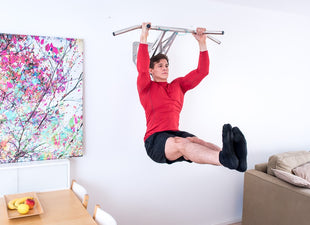
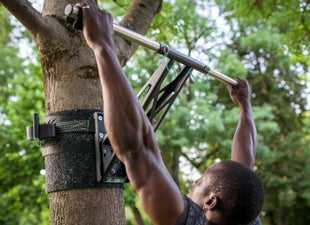
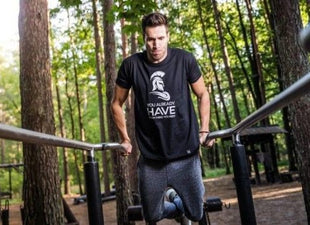
Leave a comment
All comments are moderated before being published.
This site is protected by reCAPTCHA and the Google Privacy Policy and Terms of Service apply.